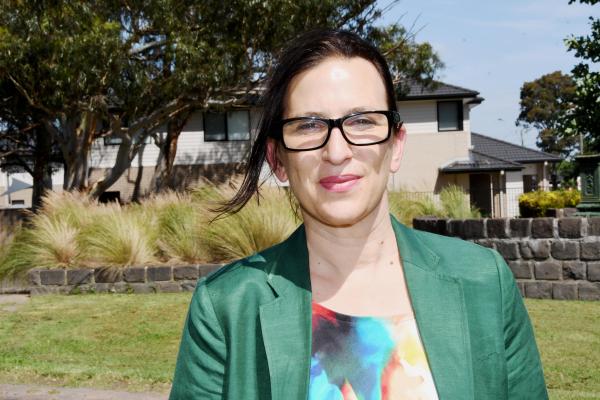
By Mitchell Clarke
Vulnerable Cardinia Shire residents, who currently live rough, could have a safe place to call home under a record State Government $5.3 billion spend on social housing.
The “unprecedented” big housing build will deliver 12,000 new homes over the next four years, providing both public and community housing, and boosting the state’s social housing supply by 10 per cent. It will also create 10,000 jobs per year over the next four years in a much-needed boost to the economy.
The building blitz is set to target the areas of Beaconsfield, Kooweerup and Berwick, after Cardinia and Casey were identified in the top 21 priority areas across the state.
Bass MP Jordan Crugnale said the announcement encapsulated the demand for such a service in the south east.
She said it was “reform from the heart” and a driving factor as to why she joined the Labor party.
“This is life changing, it is a big investment and it benefits all of us. It is caring for people and also creating jobs for people – it is a social investment and an economic one as well,” she said.
“In Casey and Cardinia, the number of people reaching out to homelessness services, financial services and support services is just too high, the number of women and children experiencing family violence is too high, the number of young people couch surfing is too high.
“We have a growing number of single older women at risk of homelessness, we have people dealing with mental health challenges, and people living with a disability that need suitable accommodation.
“This investment is for them, because they are worth it, they are part of our community.”
According to a 2016 ABS Census, 220 people were sleeping rough within the Cardinia Shire at any given time, whether that be living in their car, on the streets or couch-surfing.
Housing issues and family violence were the biggest contributors to homelessness at 39 and 38 per cent respectively, while financial issues; 11 per cent, interpersonal relationships; four per cent and health; two per cent, were also contributing factors.
Most people accessing homelessness services were living on “extremely low incomes” with 76 per cent reliant on Centrelink and 14 per cent having no income at all.
But this latest investment, which forms part of the 2020/21 Victorian Budget, will aim to address those key issues by assisting Aboriginal Victorians, pensioners, family violence victims, single parents and those living with a disability.
A total of 9300 new social housing homes will be built under the program, with 1100 old public housing units to be replaced.
Ten per cent of the new homes will be allocated to Aboriginal Victorians, while a further 1000 homes will be set aside for family violence survivors, and 2000 for people suffering mental illness.
Almost 3000 new affordable and low-cost homes will also be built to help low-to-moderate income earners live closer to where they work.
Twenty five per cent of the housing has been allocated in regional Victoria, with the location of developments largely dependent on amenity, price and purchase terms.
While specific locations have not yet been publicly identified, the State Government has flagged the suburbs of Beaconsfield, Kooweerup in Cardinia and Berwick, Cranbourne and Hallam in Casey.
“We recognise they are fast growing communities that have very little public and community housing available and we acknowledge that if you don’t have safety and security of housing you are at risk of homelessness,” Ms Crugnale said.
“When you have a secure and safe place to call home, everything else starts to fall into place like your health, work opportunities, education and that sense of belonging and participating as an active citizen in your community.”
Housing Minister Richard Wynne said the project was “not just investing in bricks and mortar, but the lives of Victorians for decades to come”.
More than 6000 dwellings will commence within the first 18 months of the project. By June 2023, construction will have started on more than 11,000 homes, with the final 1,300 homes to commence by June 2024.
The unprecedented investment will generate an estimated $6.7 billion in economic activity and support a peak of more than 18,000 jobs – with 10 per cent of the work on major projects to be done by apprentices, cadets and trainees.






